Artificial intelligence workloads typically require significant computational power. Tasks such as training large language models, running image generation frameworks like Stable Diffusion, or processing high-resolution video with machine learning algorithms often necessitate high-performance PC workstations equipped with power-intensive GPUs. Historically, Macs have not been the go-to choice for such demanding applications. However, Apple appears poised to change that narrative with the introduction of the new Mac Studio, powered by the M4 Max and M3 Ultra chips. These systems offer robust performance for AI development and deployment—delivered in a compact, quiet, and energy-efficient form factor.
Beyond raw processing power, Apple’s advancements are also reflected in the latest Neural Engine, now capable of over 60 trillion operations per second. Coupled with the Unified Memory Architecture, these systems enable efficient execution of AI models with minimal latency or data throughput limitations. As a result, machine learning engineers, creative professionals, and AI enthusiasts now have a Mac platform that can meet the demands of modern AI workflows—without the traditional drawbacks of heat, size, or excessive energy consumption.
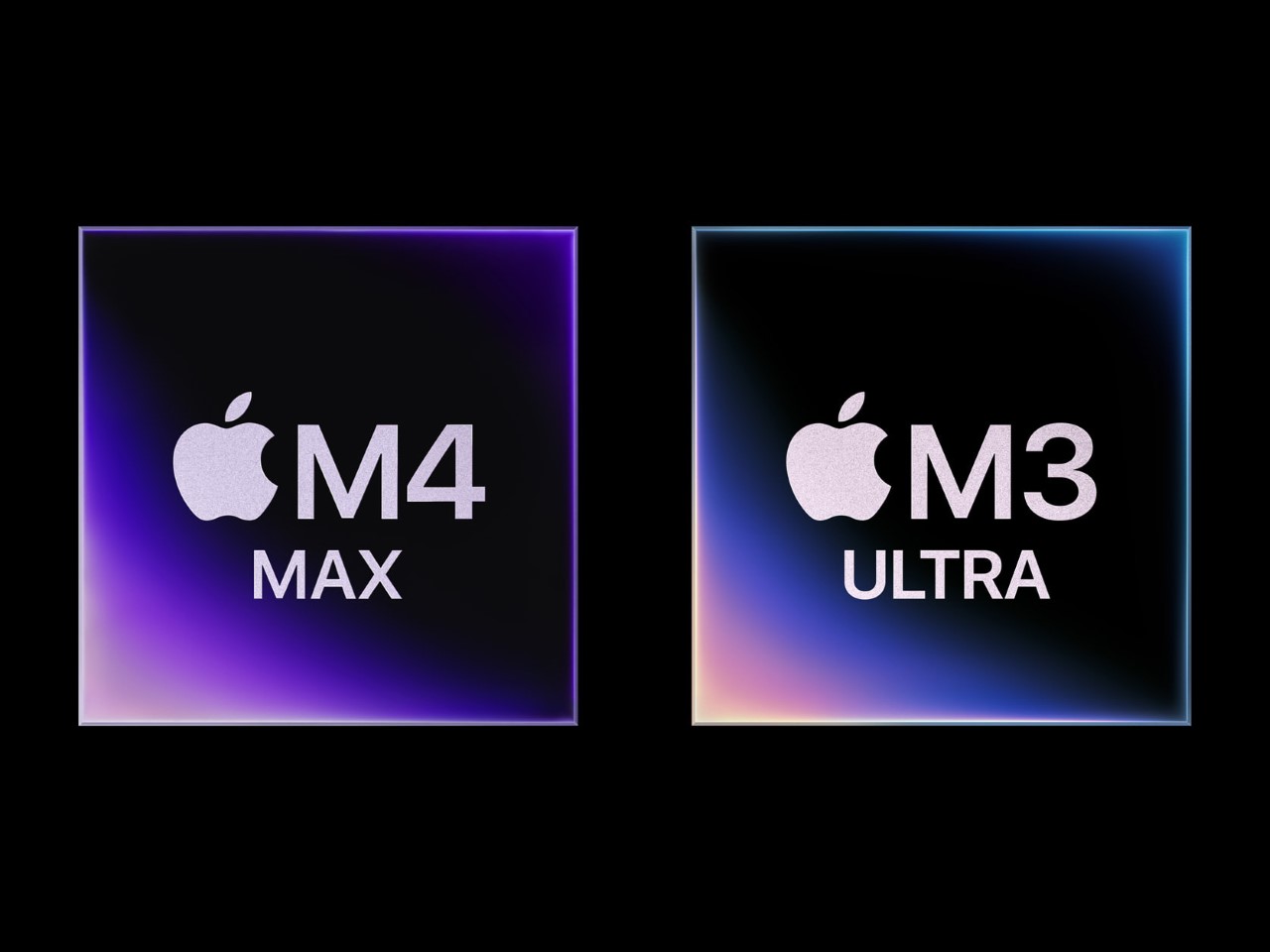
M4 Max and M3 Ultra – Silicon Built for AI #
At the core of the new Mac Studio are Apple’s latest silicon powerhouses: the M4 Max and M3 Ultra. These next-generation processors deliver substantial performance gains over their predecessors, with enhancements specifically targeting AI acceleration, memory throughput, and GPU-intensive workloads. The M4 Max is equipped with a 14-core CPU, up to 40 GPU cores, and Apple’s most advanced Neural Engine to date—designed to deliver high-efficiency performance for AI-driven tasks such as large language model execution, machine learning automation, and real-time video processing.
The M3 Ultra raises the bar even higher. By interconnecting two M3 Max chips through Apple’s UltraFusion architecture, it forms a unified processor with 32 CPU cores, 80 GPU cores, and support for up to 512GB of unified memory. This is Apple’s most powerful chip to date, engineered to tackle the most demanding AI and multitasking workloads. Leveraging Apple’s Unified Memory Architecture (UMA), both chips ensure seamless access to a shared pool of high-speed memory by the CPU, GPU, and Neural Engine. This architecture minimizes latency and removes data bottlenecks, enabling exceptionally smooth performance for AI inference, 3D content creation, and high-resolution video editing.

AI Workloads on a Mac – A New Reality #
Historically, running advanced AI models on macOS presented significant challenges—chief among them the absence of CUDA support, which relegated Macs to the periphery of AI development. However, that landscape is rapidly evolving. Apple’s Metal framework, combined with its Unified Memory Architecture (UMA), is transforming how AI workloads are handled on Mac. By enabling the CPU, GPU, and Neural Engine to access a shared, high-speed memory pool—up to 512GB in the case of the M3 Ultra—Apple eliminates the performance bottlenecks typically associated with moving data between discrete hardware components.
For AI practitioners, this architectural advantage translates into smoother workflows for local inference, video enhancement, and machine learning-driven automation. Support for Apple Silicon within TensorFlow and PyTorch continues to improve, while emerging on-device AI applications—such as Stable Diffusion, Whisper transcription, and even large language models (LLMs)—are demonstrating strong performance on Mac hardware. Notably, the M3 Ultra is capable of running LLMs with over 600 billion parameters entirely in memory. Apple’s advancements extend beyond creative tools like Final Cut Pro and Logic Pro; they mark a deliberate move to establish the Mac as a viable platform for modern machine learning and AI development.
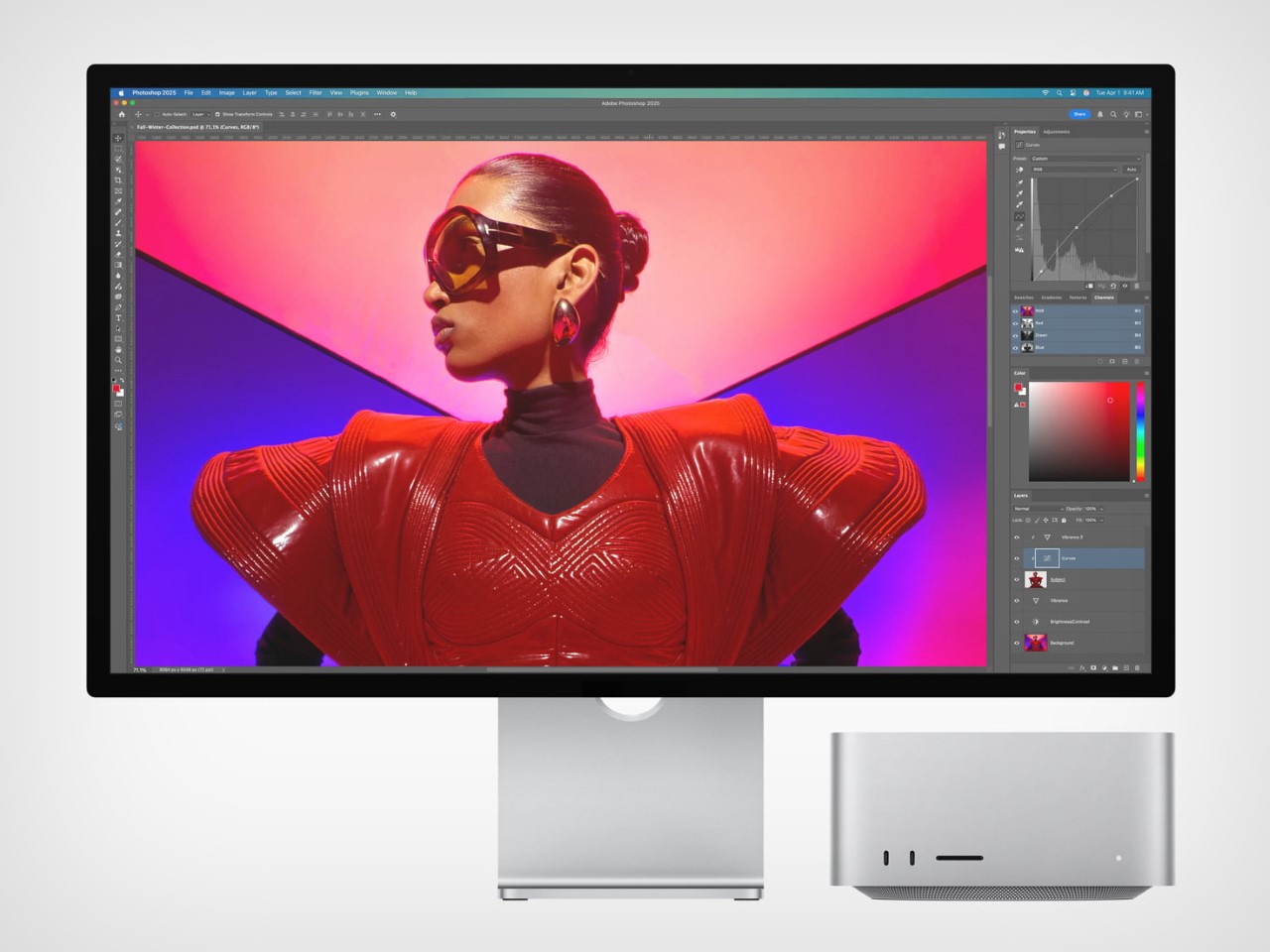
Designed for Power and Efficiency #
Workstation-level performance is often associated with large, noisy, and heat-intensive systems—but Apple has effectively redefined that standard. The Mac Studio maintains an ultra-compact form factor, standing just 3.7 inches tall with a footprint only slightly larger than a Mac mini. Despite housing some of the most advanced hardware Apple has ever engineered, it integrates seamlessly into any workspace without occupying significant real estate.
A critical factor behind this efficiency is Apple’s meticulously designed thermal system. Dual centrifugal fans draw cool air in from the base and expel warm air through the rear, enabling the system to remain virtually silent—even during sustained, high-intensity workloads. Unlike conventional PC workstations that depend on bulky air or liquid cooling solutions, the Mac Studio delivers high-performance computing for AI tasks, 3D rendering, and 8K video production while maintaining a quiet, unobtrusive presence.
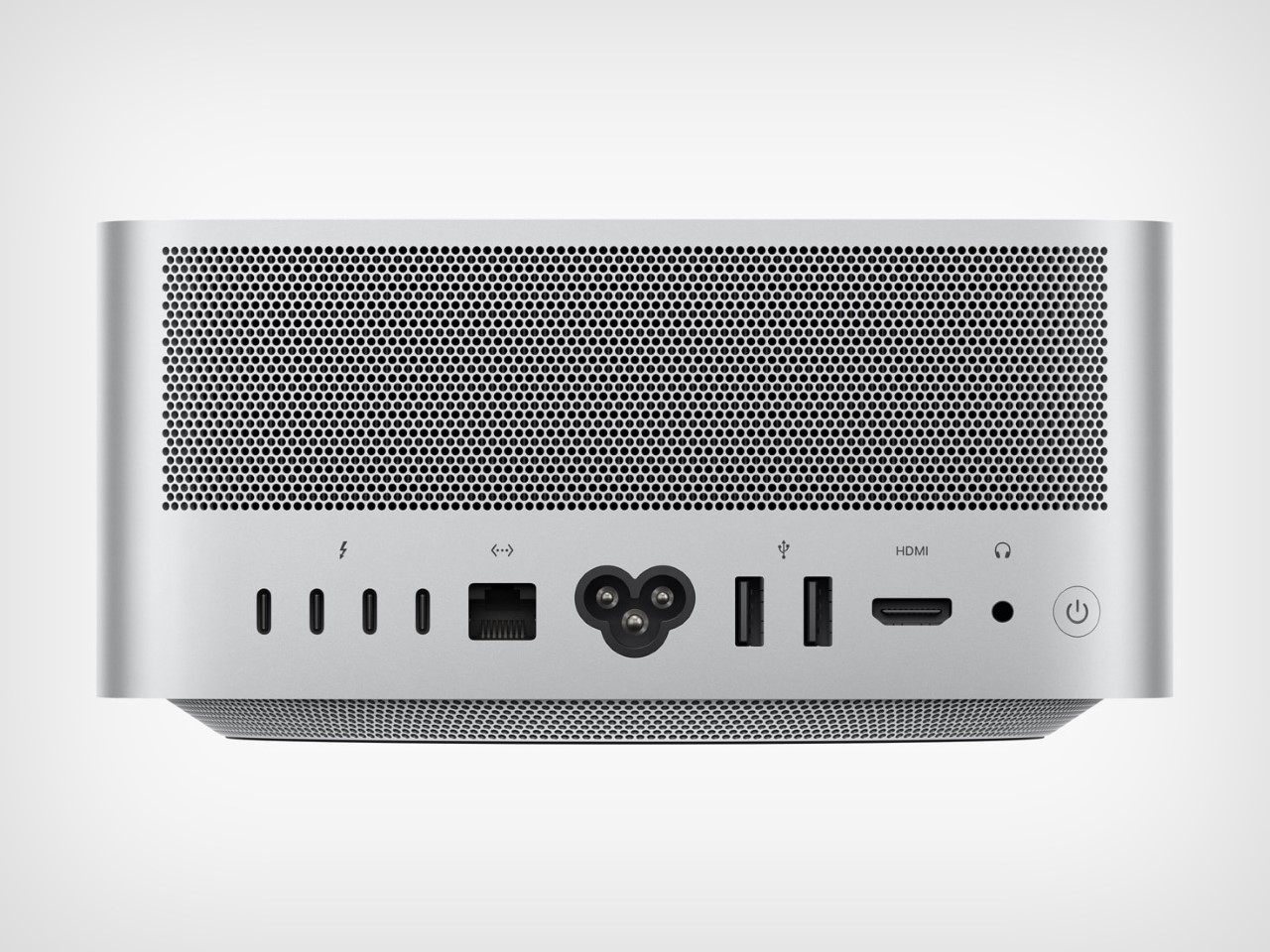
A Workstation Built for Connectivity #
Despite its compact form factor, the Mac Studio offers an impressive array of connectivity options without compromise. On the front panel, users will find two USB-C ports with the M4 Max configuration, or two Thunderbolt 4/USB-C ports with the M3 Ultra, alongside an SDXC card slot for rapid file imports. The rear panel expands this flexibility further, featuring four Thunderbolt 5 ports on M3 Ultra models, two USB-A ports for compatibility with legacy peripherals, an HDMI port with support for up to 8K resolution, a 10Gb Ethernet port for high-speed networking, and a high-fidelity 3.5mm headphone jack capable of driving high-impedance audio equipment.
This robust I/O configuration enables support for up to eight simultaneous 6K displays, catering to professionals who require expansive, multi-screen setups. Whether you’re an AI researcher managing large-scale datasets, a 3D artist developing intricate environments, or a video editor working across multiple 8K video streams, the Mac Studio’s comprehensive connectivity delivers the flexibility and bandwidth needed for modern creative and technical workflows. The inclusion of 10Gb Ethernet further enhances its capabilities, ensuring fast and reliable data transfers for seamless collaboration and cloud-based operations.
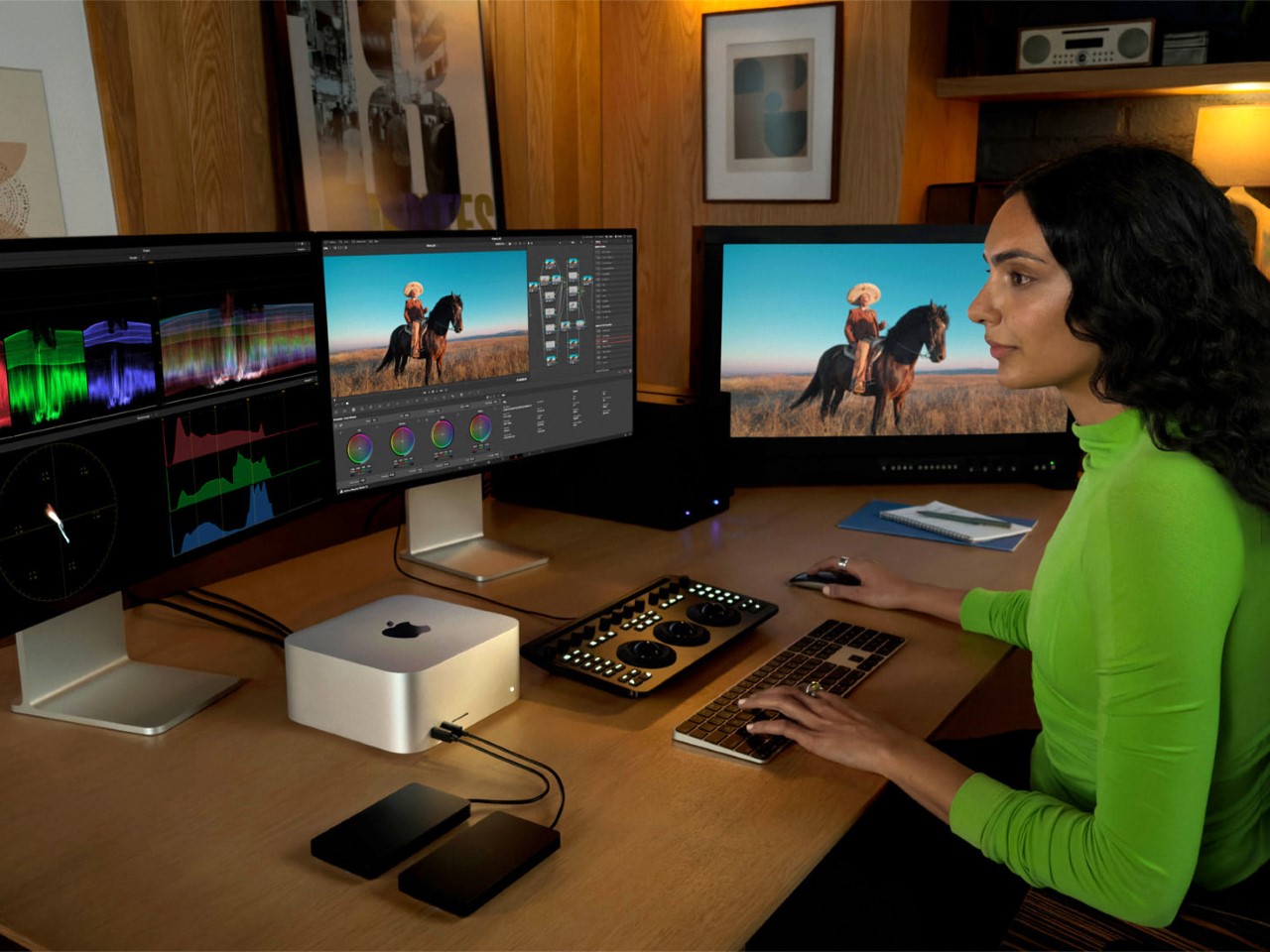
AI and Creative Workflows – A Machine Built for the Future #
Apple’s continued investment in artificial intelligence is clearly reflected in the design and capabilities of the Mac Studio. Whether you’re a developer training machine learning models, a video editor working with AI-augmented footage, or a music producer leveraging AI-assisted mastering tools, the Mac Studio is engineered to enhance and accelerate demanding creative and technical workflows.
-
AI Development & Research: With optimized support for TensorFlow, PyTorch, and Apple’s Metal framework, developers can now train and fine-tune machine learning models locally—eliminating the dependency on cloud-based infrastructure. Large language models (LLMs), diffusion models, and AI-driven video analysis benefit from faster processing and reduced latency. -
Video & Image Processing: Applications like Final Cut Pro, Adobe Premiere Pro, and Photoshop now feature real-time AI capabilities, including intelligent object tracking, automated background removal, and high-fidelity upscaling—streamlining post-production tasks and increasing creative efficiency. -
Music Production & Audio Engineering: Logic Pro’s AI-enabled features, such as automated mixing and mastering, are more responsive than ever, significantly reducing turnaround time for audio professionals and artists.
As Apple continues to optimize macOS for AI-intensive workloads, the Mac Studio is quickly becoming a cornerstone for professionals at the intersection of creativity and machine intelligence—bridging the gap between traditional production and the next generation of AI-enhanced tools.
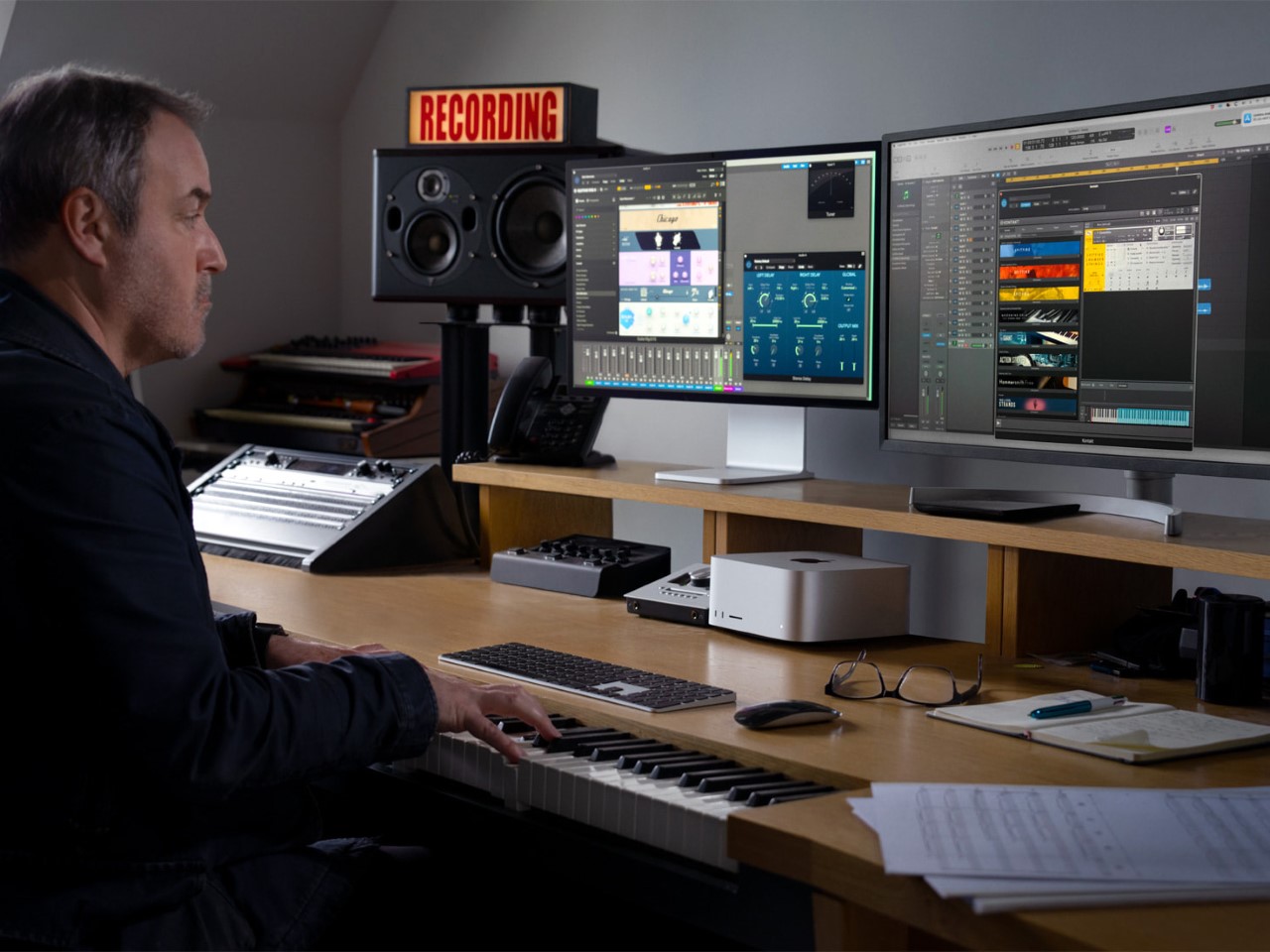
Why This Matters for Apple’s AI Strategy #
The Mac Studio represents a pivotal moment in Apple’s broader AI strategy. While much of the tech industry continues to emphasize cloud-based AI solutions, Apple is charting a different course by prioritizing on-device AI processing. This approach not only aligns with the company’s long-standing commitment to user privacy but also offers tangible performance benefits—enabling faster inference, reduced latency, and complete data control by keeping AI computation local to the device.
Another key differentiator is Apple’s focus on energy efficiency. Unlike traditional AI-capable desktops that depend on power-intensive discrete GPUs, the Mac Studio delivers competitive AI performance with significantly lower power consumption. This balance of sustained performance and thermal efficiency is a compelling advantage for professionals requiring continuous, high-output computing without the burden of excessive heat or energy costs.
Beyond its immediate capabilities, the Mac Studio also signals the direction of Apple’s desktop roadmap. With the M3 Ultra already enabling advanced AI workloads, speculation around a potential M4 Ultra points to even greater capabilities on the horizon. As Apple continues to refine its AI-driven architecture, the future of the Mac Pro—the company’s flagship desktop—becomes increasingly compelling in the context of this evolving AI-first vision.
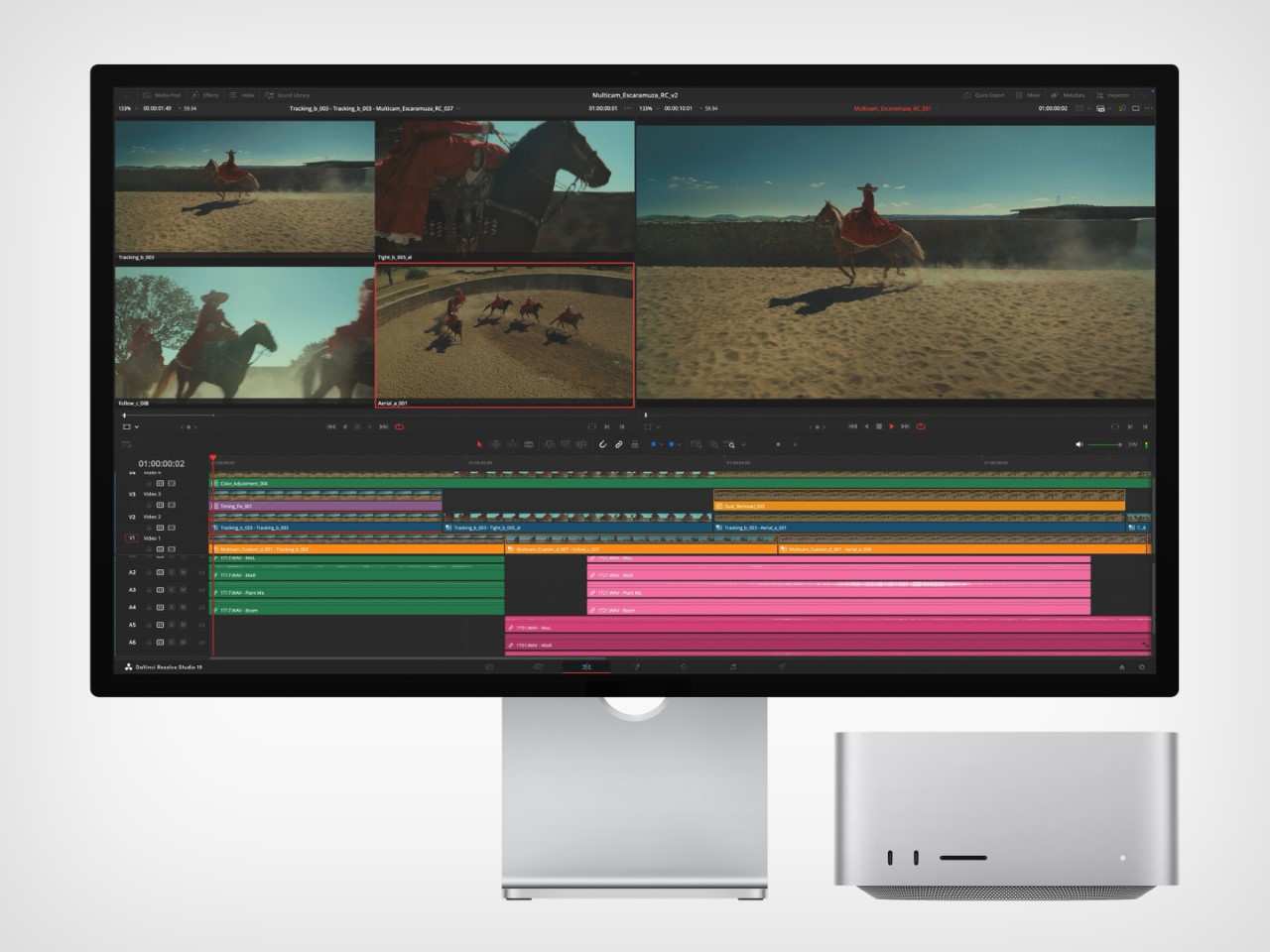
A Compact Powerhouse That Redefines AI on Mac #
Apple’s years of investment in custom silicon are culminating in a compelling alternative to traditional workstation-class hardware, and the Mac Studio stands as a clear testament to that progress. It delivers AI-optimized performance, sophisticated thermal engineering, and a wide array of connectivity options—all housed within a remarkably compact and virtually silent enclosure. The era of relying on oversized, liquid-cooled PCs to run advanced AI models is beginning to shift.
For developers, creative professionals, and AI researchers who require substantial computational power without the bulk or complexity of conventional workstations, the Mac Studio offers a refined solution. It exemplifies Apple’s vision of high-performance computing—where hardware efficiency, software optimization, and machine learning capabilities intersect in a single, purpose-built desktop. The result is a system that doesn’t just meet the demands of AI-driven workflows—it quietly redefines them.
